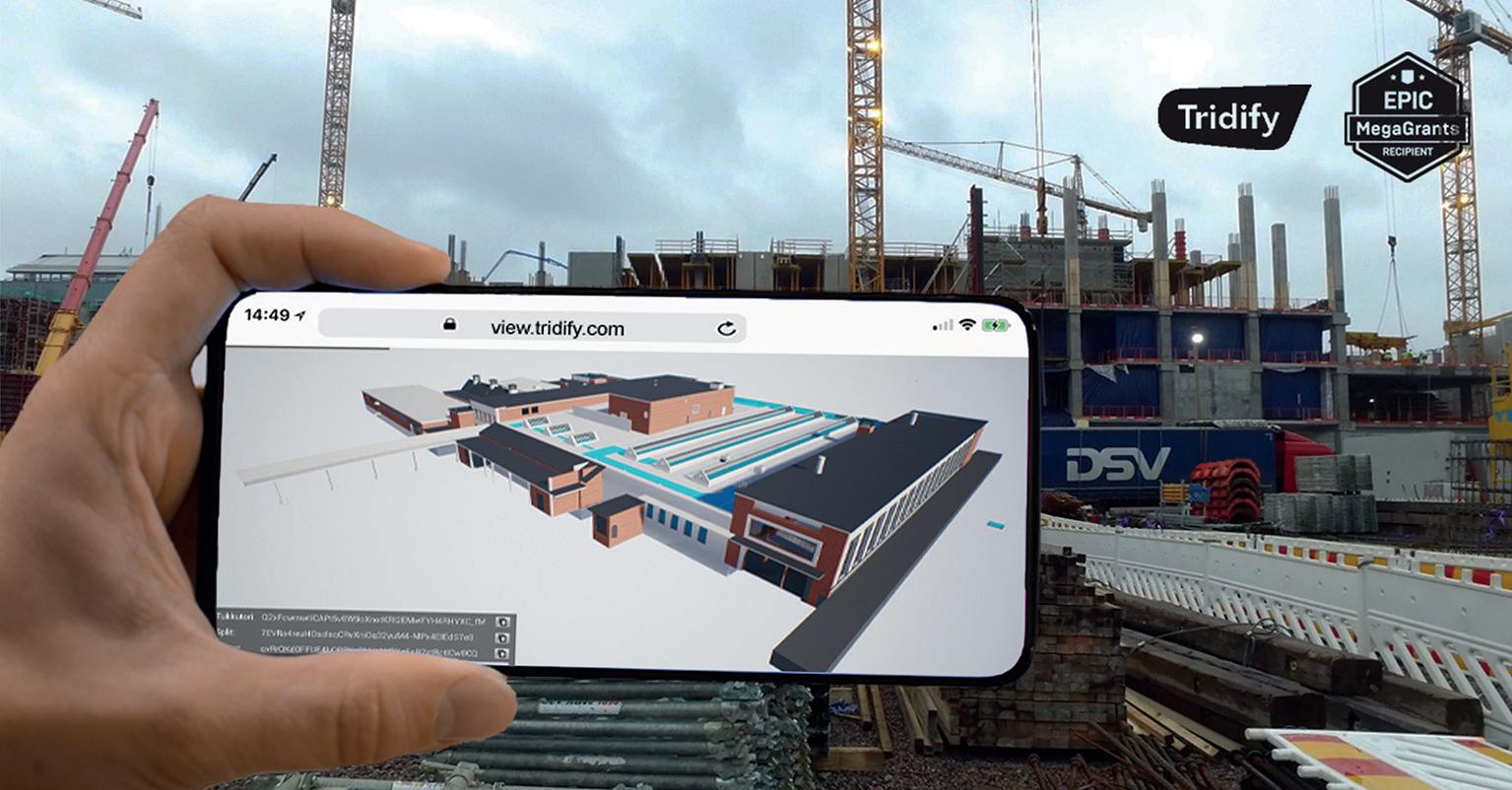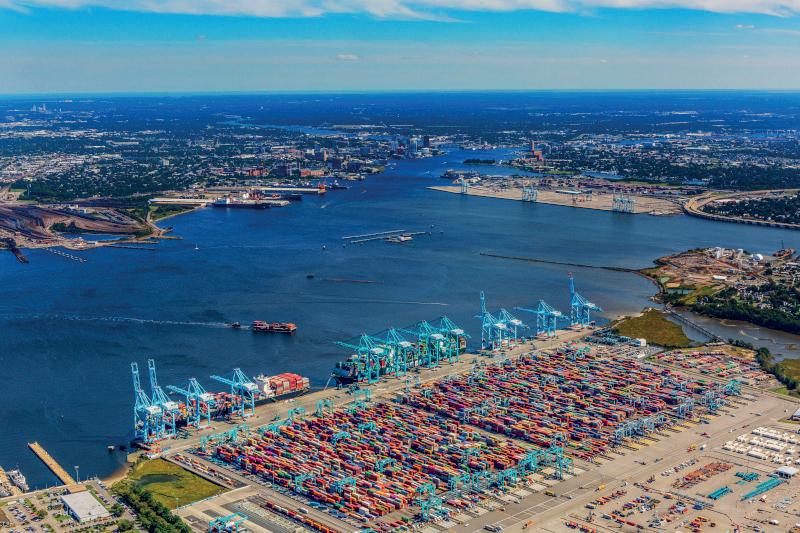
4 minute read
BIM
Corner Cast Project
traditional realm. By eliminating barriers to sharing 3D models, they become a valuable asset, not a liability. Users now view BIM as a long-term benefit and can easily take advantage of models for the entire lifecycle of a building, not just for the planning and construction phase, but also in facilities management, training and maintenance, for example.
Widen your stakeholder audience
These developments are helping to drive the use of BIM amongst new stakeholders too, so not just the core BIM cohort but non-technical groups – anyone who could benefit from seeing a 3D model, including contractors and personnel on site, marketing, sales, IT, finance, contracts, etc. Plus, externally, with stakeholders such as planners and government bodies.
By making BIM models easily viewable online, new faster workflows are created which challenges the status quo. A workflow that reduces the time it takes architects to communicate internally or externally, with staff, clients, contractors or anyone else who benefits from seeing an interactive model. This helps solve the problem of misunderstandings in the design process and underpins better collaboration during construction between architects, contractors or clients.
Future developments
A major new development on the horizon is the roll-out of 5G, which will be the catalyst for the next generation of construction software. Like 3G and 4G before it, the huge jump in bandwidth which 5G delivers will make the largest BIM models, VR and other data-intensive applications run far more smoothly and faster than ever. Being able to view any size or type of BIM model, on any device, will be a major milestone in the streamlining of AEC workflows and it’s not far off.
Over the last few years, the construction industry has struggled with how to share complete models of large scale developments such as airports, hospitals or shopping malls with everyone, anywhere, without any technical or financial barriers. Due to the size of data involved and restrictions of mobile devices, such as their memory, viewing large models remotely has made collaboration difficult.
In the same way that increased bandwidth in the home enables faster downloads of Netflix or effortless streaming, so 4G is now enabling BIM streaming. But 5G will accelerate the adoption of streaming of any size model from the cloud, direct to any device. This will introduce vastly improved collaboration methods for AEC professionals and transform the working practices of architects, engineers and BIM managers, as they seamlessly interact with complex BIMs from any location.
Covid-19 has accelerated some significant AEC technology developments – you definitely don’t need to go into an office to view a 3D BIM model any more. And with the increasing number of AEC design and VR applications being available in the cloud, along with the emergence of 5G, BIM streaming will soon introduce yet more revolutionary ways to communicate.
Alexander Le Bell is the CEO of Tridify. Tridify has been developing VR solutions for over 30 years, focused on automating the delivery of 3D models to improve AEC workflows and introduce new ways of collaborating. Customers around the world include WSP, Skanska, DPA Architects and City of Helsinki. The company was also recently awarded an Epic MegaGrant to develop a BIM streaming tool for Unreal Engine.
www.tridify.com

Bold changes


A green recovery and a carbon neutral future is possible – but needs the whole construction value chain to play a positive role. By Dr. Andrew Minson
The Panama Canal, the Sydney Opera House, the Pentagon, the Burj Khalifa, and the Three Gorges Dam. The unifying building material in these world-renowned human-made marvels is concrete, the central substance that holds our world together. As the most widely used material on our planet after water, concrete is essential to our society – supporting the infrastructure we use every day such as bridges, roads, homes, hospitals and energy supplies. We use concrete because it is so useful – strong, versatile, resilient, fire resistant, with excellent thermal and acoustic properties. It is also surprisingly sustainable – made locally (including the cement), the structures it creates can last for generations, and over its lifetime concrete re-absorbs and retains CO2 from the atmosphere.
Our response to the climate challenge
We know concrete is needed, both now and in the future, but we also know that it comes with a significant challenge that we need to address, namely climate change. Cement, the key binding ingredient in concrete, accounts for about seven per cent of global CO2 emissions.
Over the past three decades, the industry has reduced its emissions proportionally by around 20 per cent. Ours was the first industry to collect and publish emissions data of this kind. These reductions represent a huge effort from producers across the world, but we know we need to build on this success and extend these reductions.
That is why in September last year, 40 of the leading cement and concrete companies represented by the Global Cement and









